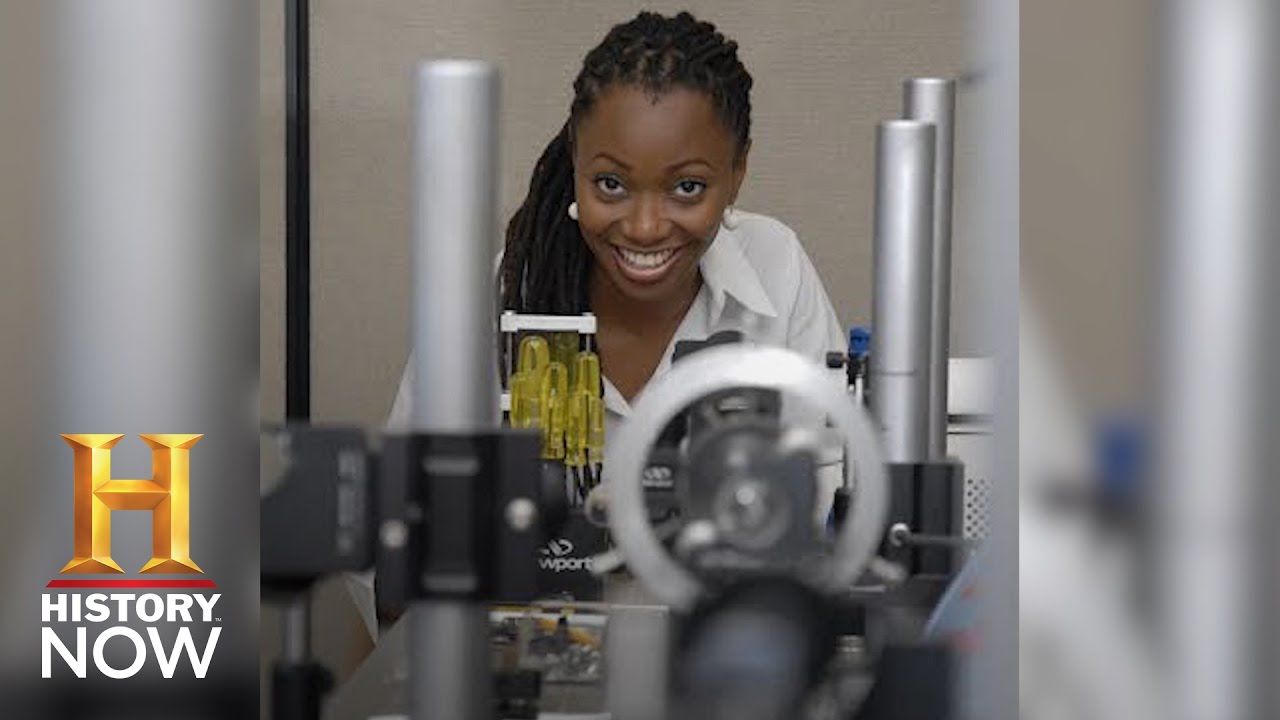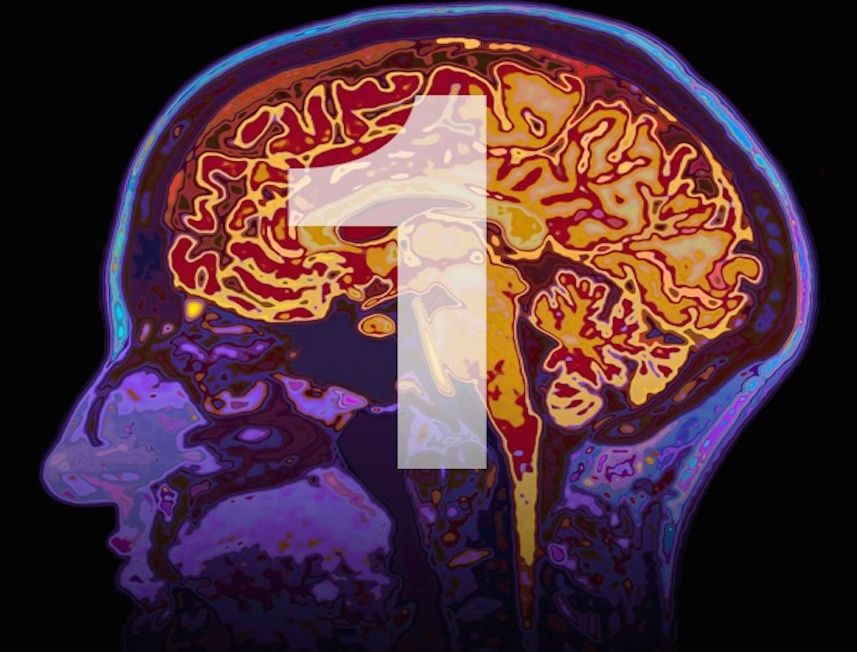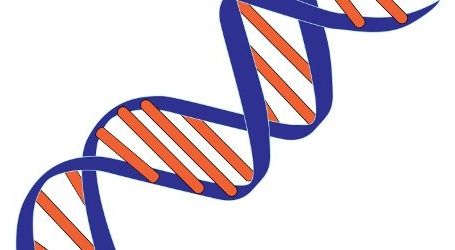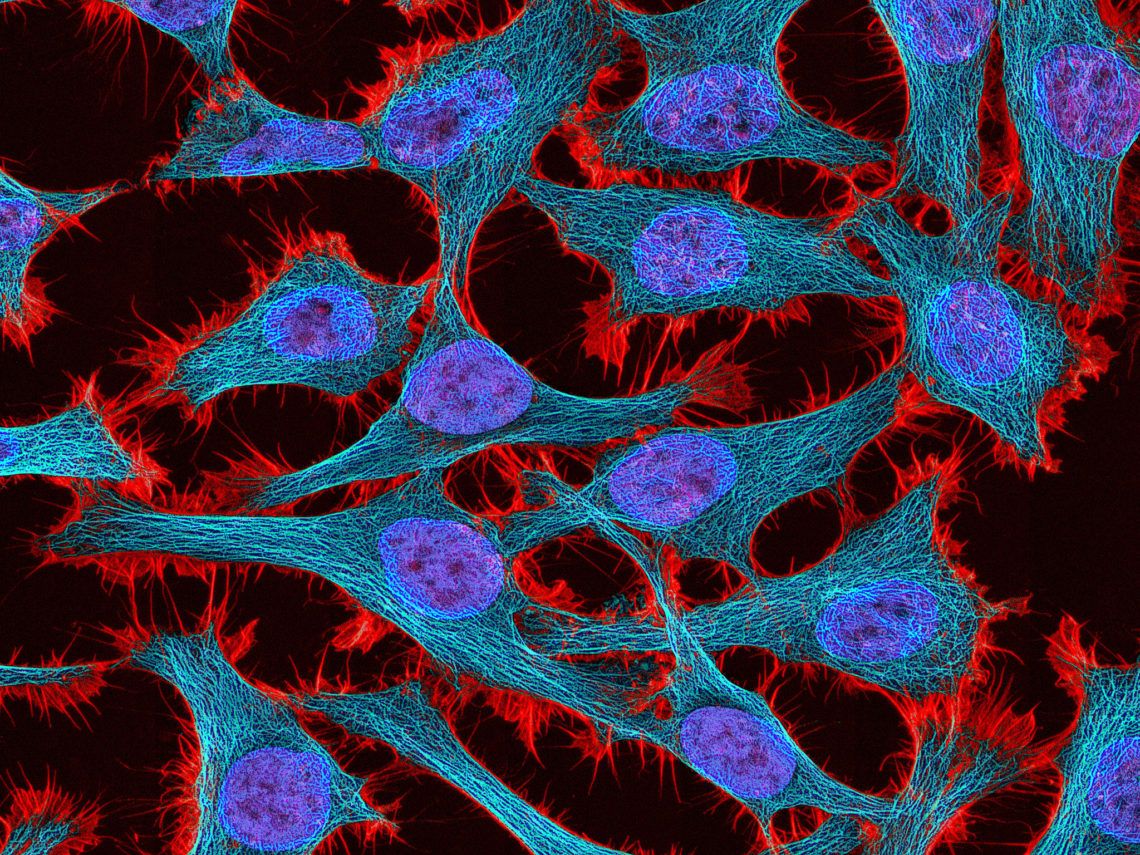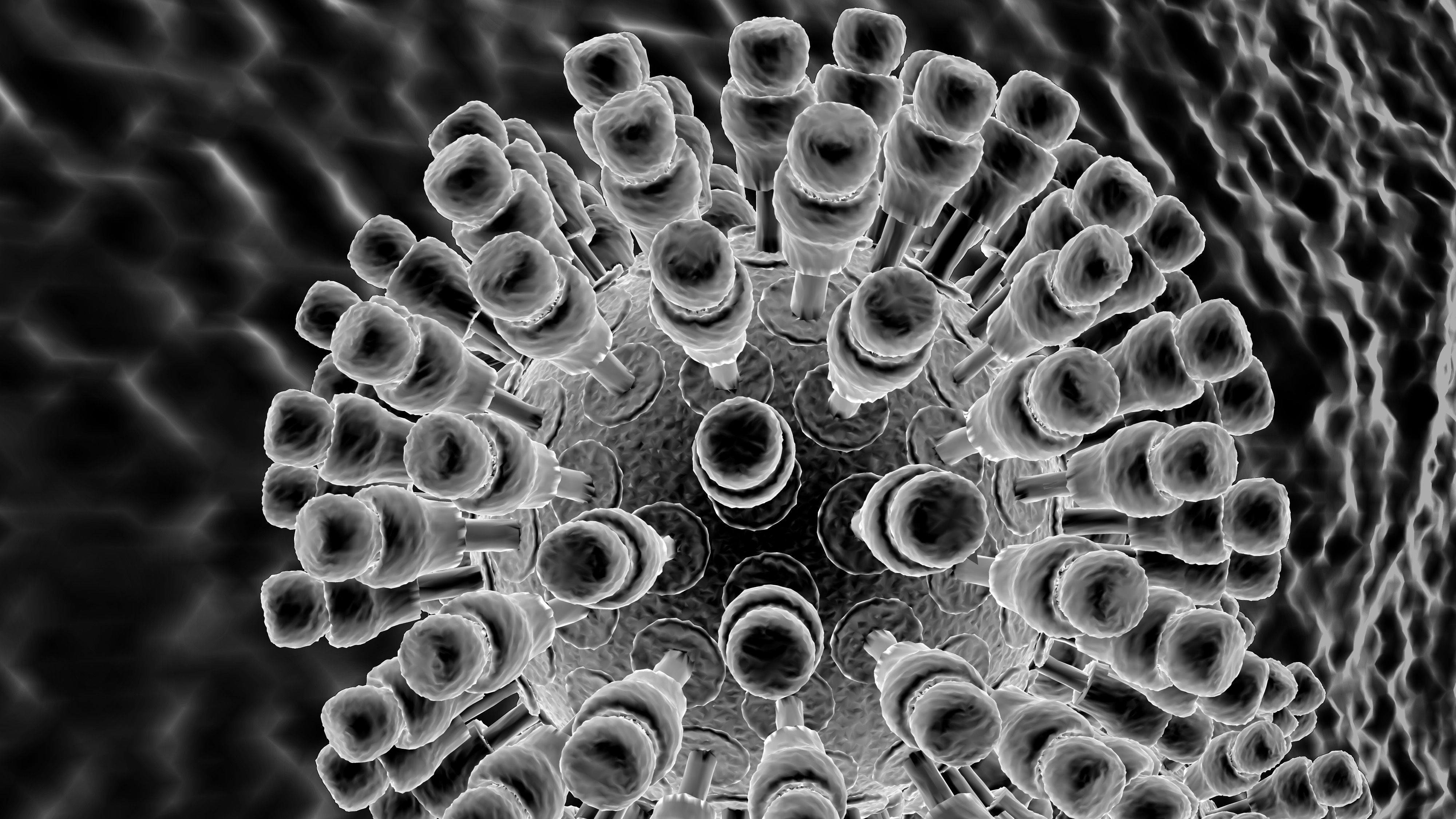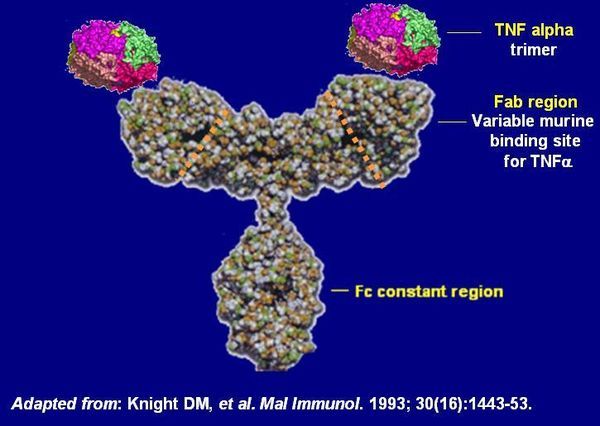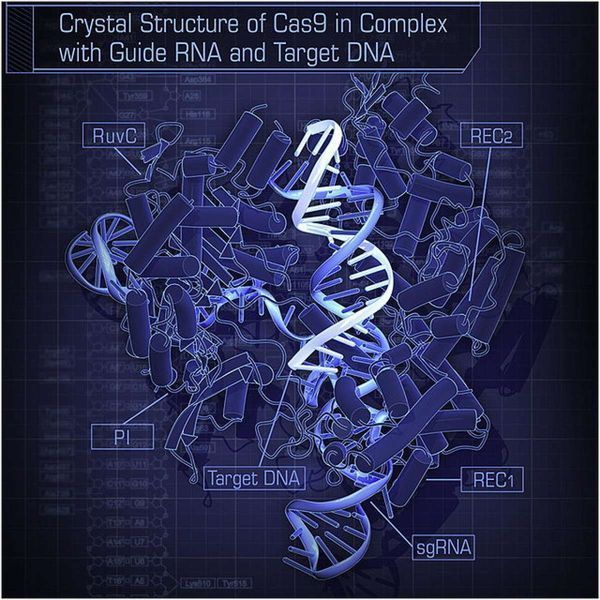Fighting cancer with lasers.
In an effort to eliminate the side effects of modern cancer treatments, Dr. Hadiyah-Nicole Green began exploring the use of light-activated nanoparticles to target tumors directly. #HistoryNOW
Watch more from the History Makers:
Check out exclusive History NOW content:
Website — http://www.history.com/shows/history-now
Facebook — http://www.facebook.com/GetHistoryNow
Twitter — http://twitter.com/gethistorynow
Instagram — http://www.instagram.com/gethistorynow
Google+ — http://plus.google.com/+GetHistoryNow
History NOW is a collection of timely and relevant stories that can only be experienced, documented, and shared right now. Throughout 2016, History NOW will feature powerful videos from people capturing significant, transformative events from their unique first-person perspectives. From politics and sports to science and technology, these are the people making history now.
